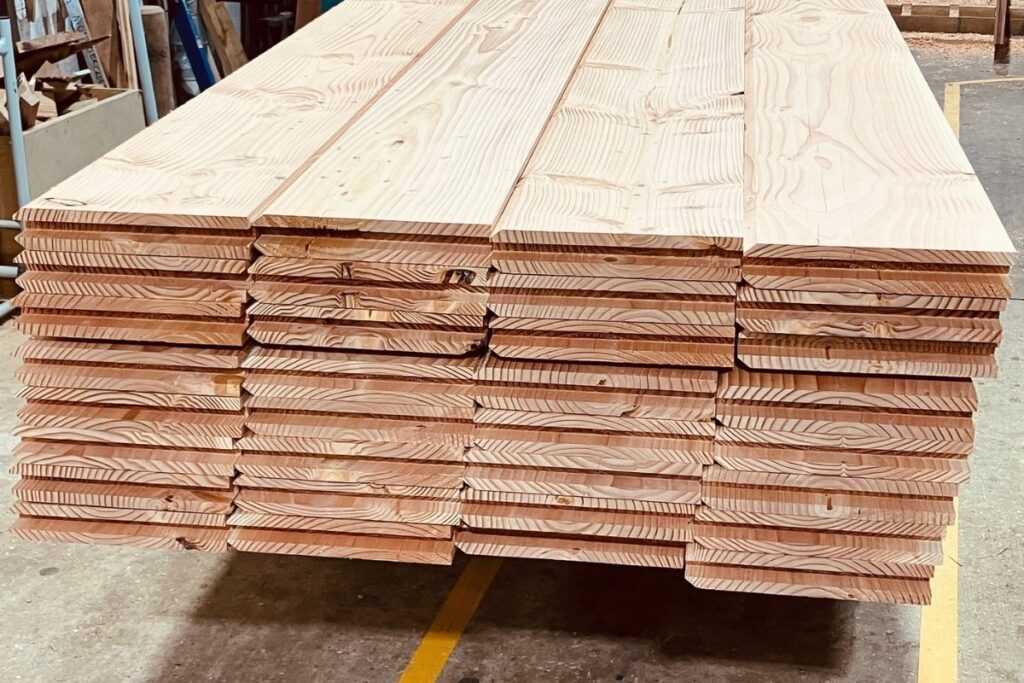Douglas Fir Wood: A Comprehensive Guide
Douglas Fir wood, scientifically known as Pseudotsuga menziesii, is one of the most widely used and versatile softwoods in the world. Renowned for its strength, durability, and aesthetic appeal, Douglas Fir is a popular choice for a variety of applications, from construction to furniture making. This article delves into the characteristics, uses, benefits, and frequently asked questions about Douglas Fir wood, providing a thorough understanding of this remarkable material.
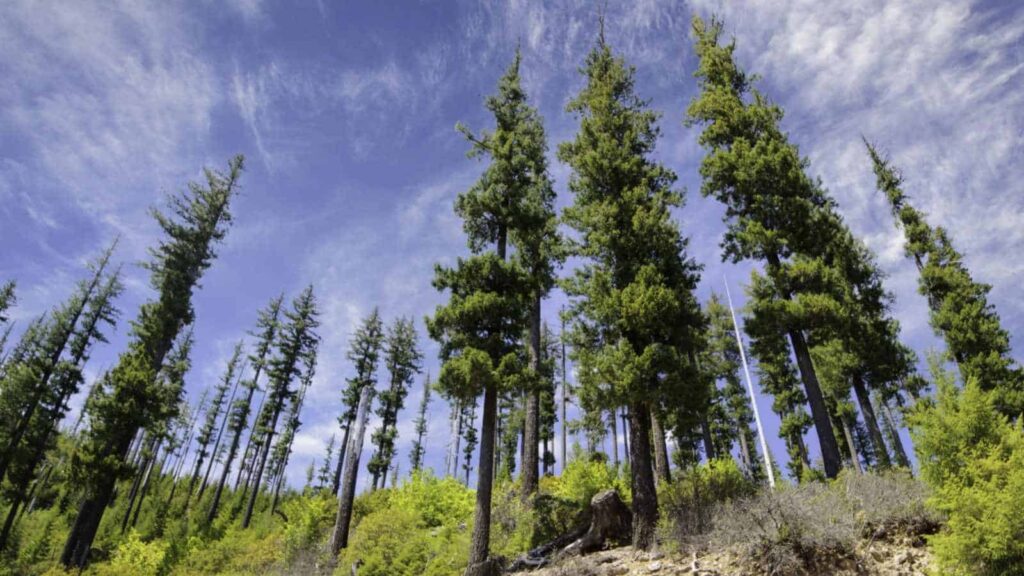
Table of Contents
- Introduction
- Characteristics of Douglas Fir Wood
- Physical Properties
- Color and Grain
- Density and Hardness
- Uses of Douglas Fir Wood
- Construction
- Furniture and Cabinetry
- Flooring
- Decking and Outdoor Structures
- Veneer and Plywood
- Benefits of Douglas Fir Wood
- Strength and Durability
- Aesthetic Appeal
- Sustainability
- Workability
- Challenges and Considerations
- Susceptibility to Insects and Rot
- Maintenance Requirements
- Cost Considerations
- FAQs About Douglas Fir Wood
- Conclusion
Characteristics of Douglas Fir Wood
Physical Properties
Douglas Fir is a softwood, but it exhibits many characteristics typically associated with hardwoods. It is known for its high strength-to-weight ratio, making it an excellent choice for structural applications. The wood is relatively lightweight yet strong, with a density of about 31 lbs/ft³ (497 kg/m³).
Color and Grain
The heartwood of Douglas Fir ranges from a light reddish-brown to a deep yellow-brown, while the sapwood is typically pale yellow. The wood has a straight grain with a medium to coarse texture, often featuring a pronounced, attractive grain pattern that adds to its visual appeal.
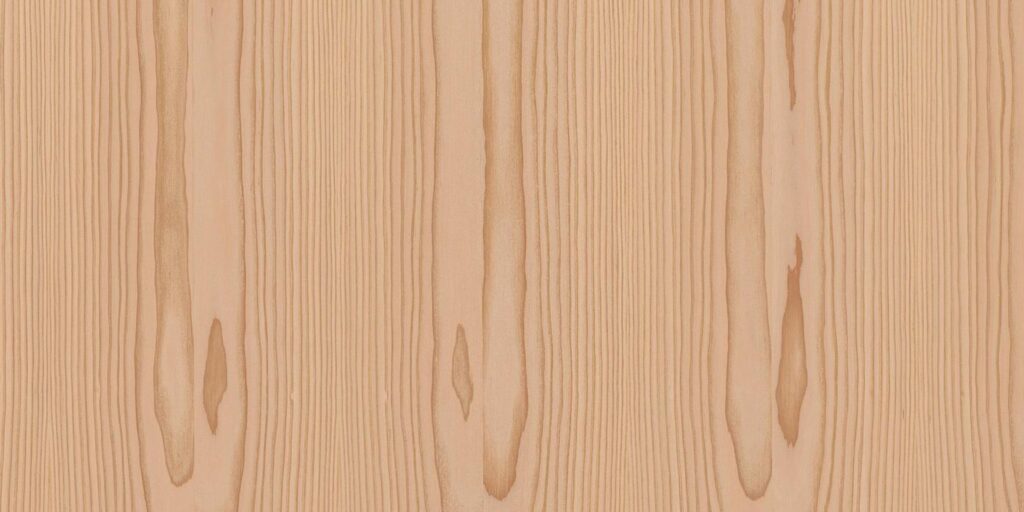
Density and Hardness
Douglas Fir has a Janka hardness rating of 660 lbf (2,940 N), which is relatively high for a softwood. This makes it more resistant to dents and scratches compared to other softwoods like pine or cedar.
Uses of Douglas Fir Wood
Construction
Douglas Fir is a preferred material for construction due to its strength and durability. It is commonly used for framing, beams, and trusses in residential and commercial buildings. Its ability to withstand heavy loads makes it ideal for structural applications.
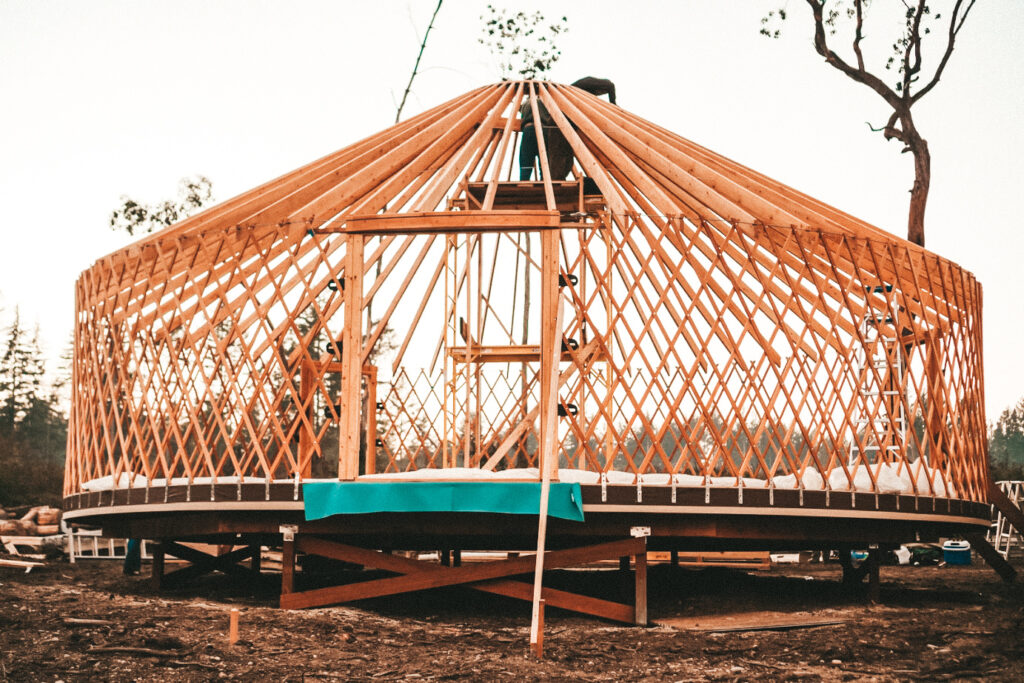
Furniture and Cabinetry
The aesthetic appeal of Douglas Fir makes it a popular choice for furniture and cabinetry. Its rich color and grain pattern add a touch of elegance to any piece. The wood is also easy to work with, allowing for intricate designs and finishes.
Flooring
Douglas Fir is an excellent choice for flooring due to its hardness and durability. It can withstand heavy foot traffic and is resistant to wear and tear. The wood’s natural beauty also adds warmth and character to any space.
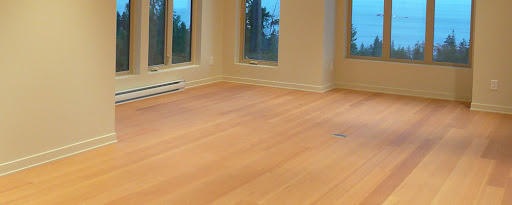
Decking and Outdoor Structures
Douglas Fir is often used for decking and outdoor structures like pergolas and gazebos. Its natural resistance to decay and insects, especially when treated, makes it suitable for outdoor use. The wood’s strength ensures that it can withstand the elements.
Veneer and Plywood
Douglas Fir is also used in the production of veneer and plywood. The wood’s straight grain and uniform texture make it ideal for creating high-quality veneers, which are used in furniture, cabinetry, and interior paneling.
Benefits of Douglas Fir Wood
Strength and Durability
One of the most significant advantages of Douglas Fir is its strength and durability. It is one of the strongest softwoods available, making it suitable for a wide range of structural applications. Its resistance to wear and tear ensures that it remains in good condition for many years.
Aesthetic Appeal
Douglas Fir’s rich color and attractive grain pattern make it a visually appealing choice for various applications. Whether used in construction, furniture, or flooring, the wood adds a touch of natural beauty to any project.
Sustainability
Douglas Fir is a sustainable choice for wood products. The trees grow relatively quickly, and responsible forestry practices ensure that they are harvested in an environmentally friendly manner. This makes Douglas Fir an eco-friendly option for those concerned about the environmental impact of their wood choices.
Workability
Douglas Fir is relatively easy to work with, making it a favorite among carpenters and woodworkers. It can be cut, shaped, and finished with ease, allowing for a wide range of design possibilities. The wood also holds nails and screws well, reducing the risk of splitting.
Challenges and Considerations
Susceptibility to Insects and Rot
While Douglas Fir is naturally resistant to decay and insects, it is not entirely immune. Untreated wood can be susceptible to termites and fungal decay, especially in humid or wet environments. Proper treatment and maintenance are essential to protect the wood from these threats.
Maintenance Requirements
Douglas Fir requires regular maintenance to keep it in good condition, especially when used outdoors. This includes sealing, staining, or painting the wood to protect it from moisture and UV damage. Regular inspections are also necessary to identify and address any issues early.
Cost Considerations
Douglas Fir is generally more expensive than other softwoods like pine or cedar. However, its strength, durability, and aesthetic appeal often justify the higher cost. It is essential to weigh the benefits against the cost when considering Douglas Fir for a project.
FAQs About Douglas Fir Wood
1. Is Douglas Fir a hardwood or softwood?
Douglas Fir is a softwood, but it has many characteristics typically associated with hardwoods, such as high strength and durability.
2. How does Douglas Fir compare to other softwoods?
Douglas Fir is stronger and more durable than many other softwoods, such as pine or cedar. It also has a more attractive grain pattern, making it a popular choice for aesthetic applications.
3. Can Douglas Fir be used outdoors?
Yes, Douglas Fir can be used outdoors, especially when treated to resist decay and insects. It is commonly used for decking, pergolas, and other outdoor structures.
4. How do I maintain Douglas Fir wood?
Regular maintenance, including sealing, staining, or painting, is essential to protect Douglas Fir wood, especially when used outdoors. Regular inspections can help identify and address any issues early.
5. Is Douglas Fir sustainable?
Yes, Douglas Fir is a sustainable choice. The trees grow relatively quickly, and responsible forestry practices ensure that they are harvested in an environmentally friendly manner.
6. What is the Janka hardness rating of Douglas Fir?
Douglas Fir has a Janka hardness rating of 660 lbf (2,940 N), which is relatively high for a softwood.
7. Can Douglas Fir be used for flooring?
Yes, Douglas Fir is an excellent choice for flooring due to its hardness and durability. It can withstand heavy foot traffic and adds natural beauty to any space.
8. How does Douglas Fir perform in humid environments?
Douglas Fir can perform well in humid environments if properly treated and maintained. Untreated wood may be susceptible to decay and insect damage in such conditions.
9. What are the common uses of Douglas Fir wood?
Douglas Fir is commonly used in construction, furniture making, flooring, decking, and the production of veneer and plywood.
10. Is Douglas Fir expensive?
Douglas Fir is generally more expensive than other softwoods like pine or cedar, but its strength, durability, and aesthetic appeal often justify the higher cost.
Conclusion
Douglas Fir wood is a versatile and durable material that offers a wide range of benefits for various applications. Its strength, aesthetic appeal, and sustainability make it a popular choice for construction, furniture, flooring, and more. While it requires regular maintenance and may be more expensive than other softwoods, the advantages of Douglas Fir often outweigh the challenges. Whether you’re building a home, crafting furniture, or designing an outdoor space, Douglas Fir is a reliable and beautiful option that will stand the test of time.
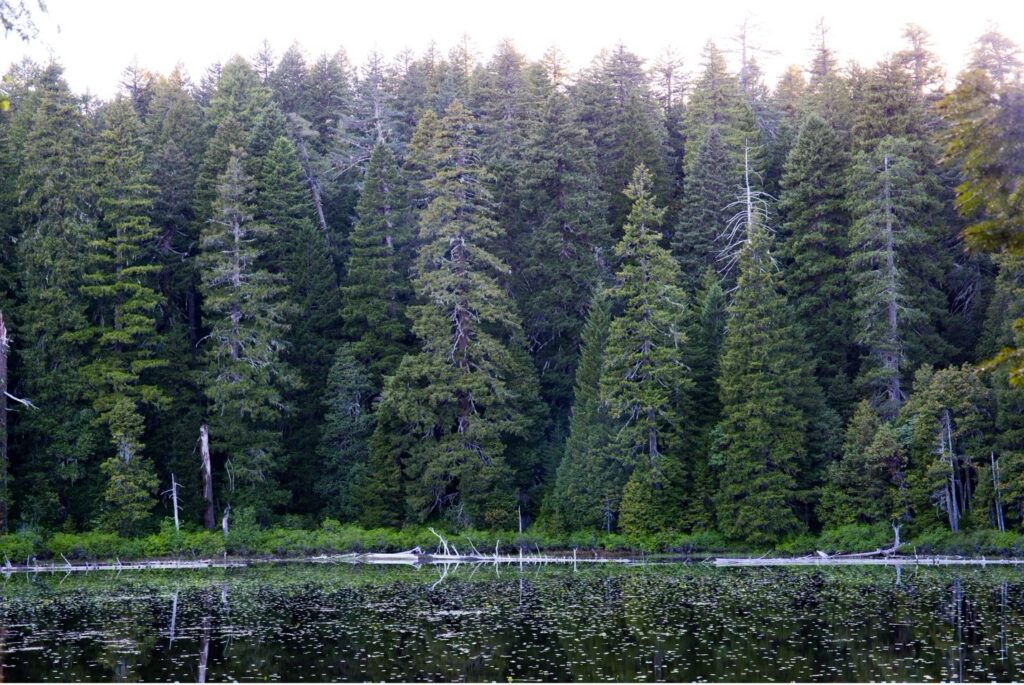
This article provides a comprehensive overview of Douglas Fir wood, covering its characteristics, uses, benefits, and challenges. With its combination of strength, beauty, and sustainability, Douglas Fir remains a top choice for a wide range of applications. Whether you’re a builder, woodworker, or homeowner, understanding the properties and potential of Douglas Fir can help you make informed decisions for your projects.
